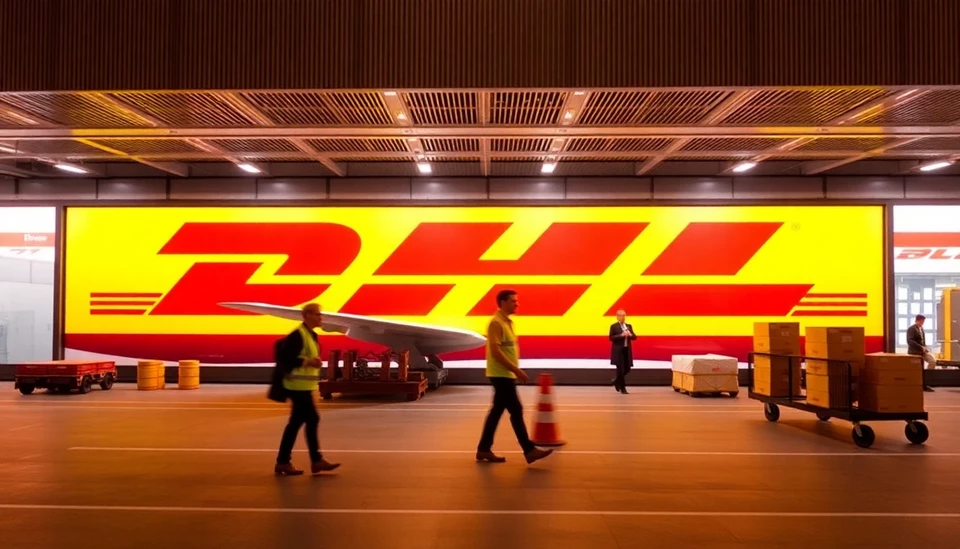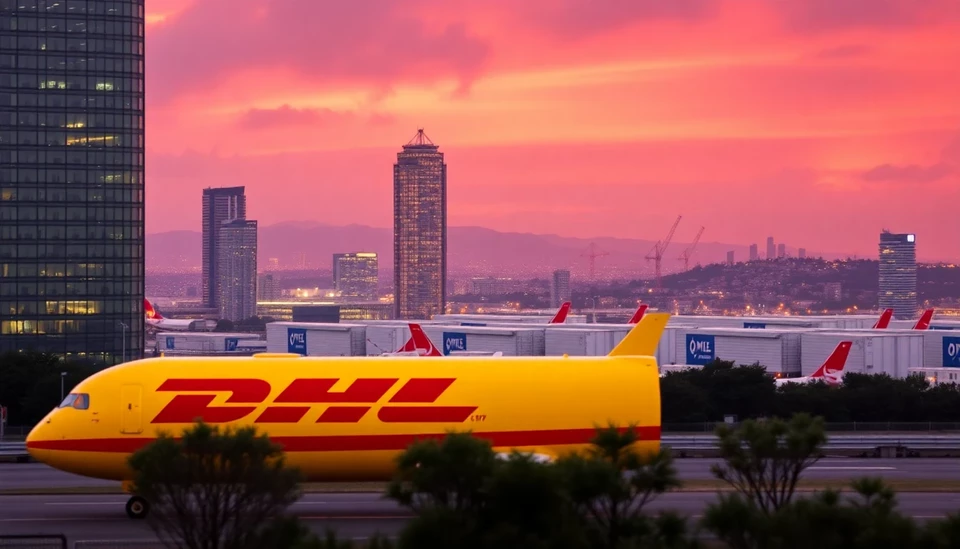
In a noteworthy escalation of competition within the logistics sector, a rival courier service has intensified its pressure on the national postal group over a protracted pricing dispute. The ongoing contention revolves around various pricing mechanisms and contract negotiations that have implications for both companies’ market positions.
As the demand for parcel delivery services continues to grow, particularly in the wake of the e-commerce boom, companies like DHL are facing increased scrutiny and competition. The rival company's latest moves are seen as an attempt to capitalize on perceived weaknesses in the postal group’s pricing strategies, which have been criticized for not being competitive enough in the current marketplace.
The tension between the two entities has bubbled over as the rival courier firm publicly called out the postal group, asserting that their pricing structure is out of touch with current market realities. This assertion comes amid reports of rising operational costs, which have forced many logistics providers to reevaluate their pricing frameworks.
In response, the postal group has defended its pricing strategy, arguing that it reflects the need to ensure sustainable service levels while also considering the impact of inflation and global supply chain challenges. The postal group claims that its rates are designed to balance customer affordability with the necessity of maintaining service quality across its extensive networks.
The rivalry has wider implications beyond just pricing. It signals a shift in the dynamic of the logistics and delivery industry, where traditional postal services are no longer the sole player. The emergence of tech-driven courier services poses a significant challenge, catalyzing a race for better service efficiency and pricing strategies that could redefine customer expectations.
Industry analysts suggest that this confrontation could lead to more aggressive pricing strategies from both parties, as they look to not only attract new customers but also retain existing ones. The ramifications of this dispute may set a precedent for how logistics providers will operate in a post-pandemic economy, emphasizing the need to be agile and responsive to changing market conditions.
What remains to be seen is how this dispute will ultimately affect consumers and businesses alike. Will it lead to lower prices and improved services? Or could it result in a race to the bottom that sacrifices quality for cost? The answers may become clearer as both companies adjust their strategies in light of growing competitive pressures.
As the situation unfolds, stakeholders in the industry will be closely monitoring developments to understand the longer-term implications of this pricing conflict and its impact on the landscape of logistics and delivery services.
In conclusion, this intensifying competition between DHL and its rival is a crucial moment for the postal group, heralding both challenges and opportunities in the rapidly evolving marketplace.
#DHL #logistics #courierservice #postalservice #competition #pricingdispute #ecommerce #supplychain #deliveryservices #marketstrategy
Author: Samuel Brooks


